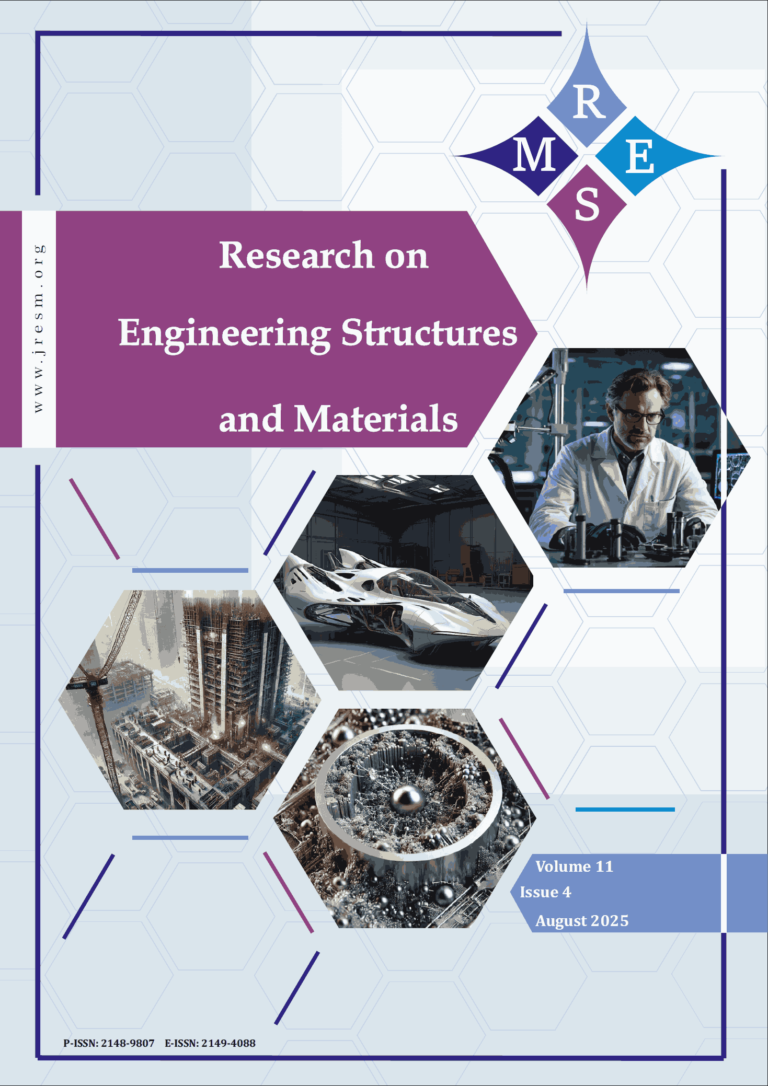Carbon black reinforced natural rubber (NR)/butadiene rubber (BR), NR/styrene-butadiene rubber (SBR) and NR/BR/SBR composites were prepared by using two types of BR with highly linear (higher viscosity and molecular weight) and branched chain structures. In NR/BR composite with a higher viscosity BR, the presence of both polysulphidic and monosulphidic types of crosslinking was confirmed based on FT-IR data. NR/BR composite consisting of BR with higher viscosity has the lowest Payne effect and compression set values. NR/BR/SBR composites have much lower Payne effect values compared to NR/SBR system. Also, the addition of BR to NR decreases the tan d value and leads to lowest values of tan d in NR/BR composites. Tensile strength and elongation at break values in NR/BR/SBR composites are improved with the addition of BR with a lower viscosity. In comparison with NR/SBR, NR/BR/SBR composites exhibit much less compression set and stress relaxation values because NR/SBR composite exhibits more permanent deformation due to its more rigid styrene content. Here, these results clearly show that blending carbon black reinforced NR or NR/SBR composites with BR having different degrees of viscosity is quite favorable in terms of using these NR composites as anti-vibrational rubber bushings in automotive applications. © 2019 MIM Research Group. All rights reserved.
